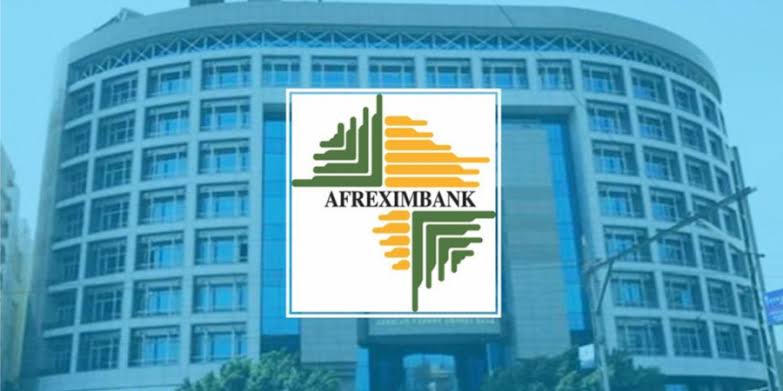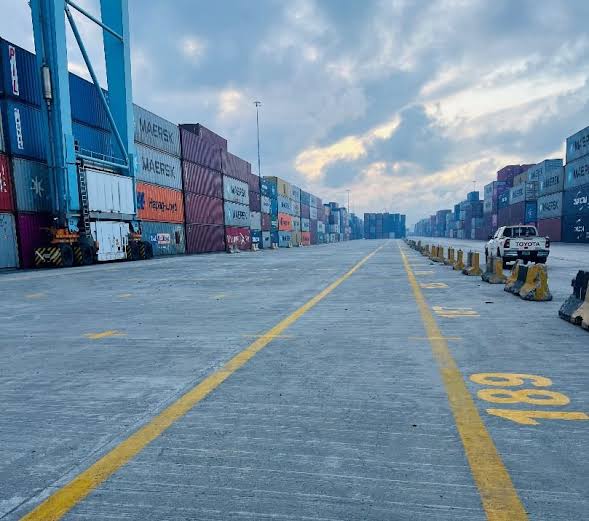The African Export Import Bank (Afreximbank) has projected that the price of cocoa in the international commodity market would remain high in 2025.
This projection is contained in “Afreximbank Research Commodity Market Updates” for the first quarter of 2025, which said that “looking ahead to the 2024/25 season, expectations for a global production recovery have gained momentum. Despite hopes of a rebound, cocoa prices remain at multi-year highs, with the market bracing for a potential fourth consecutive supply deficit during the 2024/25 season. And while structural challenges persist, prices are likely to remain elevated throughout 2025, unless production fundamentals show significant improvement.”
The quarterly report said that cocoa prices have remained elevated “after emerging as the best-performing commodity in 2024, soaring over 170 percent on the London Intercontinental Exchange.
“In New York, prices rose to a record $12,565 per tonne in December 2024, defying initial downside pressures from early-season arrivals in Côte d’Ivoire and Ghana.”
It attributed the rising price of cocoa to adverse whether condition, structural bottleneck and disease that reduced the quantity of cocoa production and its supply in the international market.
It said: “Adverse weather conditions have partly fanned the relentless surge in cocoa prices. At the start of 2024, severe Harmattan winds swept across West Africa, significantly reducing cocoa arrivals at ports in Côte d’Ivoire and Ghana. The Harmattan is a seasonal wind originating from the Sahara Desert and typically occurs between December and March.
“And while high temperatures are conducive to cocoa tree growth, humidity and moderate rains are essential for optimal plant development and yield. Weather models show that last season’s Harmattan conditions intensified the impact of the dry season in West Africa, which runs from mid-November to March, and proved detrimental to cocoa pods. The changing weather patterns continues to raise concern that the 2024/25 season could witness an earlier onset of Harmattan conditions, particularly in Côte d’Ivoire, potentially amplifying price volatility in an already bullish market.
According to Afreximbank, “the remarkable price rally reflected a combination of short-term market dynamics and deeper structural shifts in cocoa supply chains.
“Côte d’Ivoire and Ghana, which together account for approximately 65 percent of global cocoa output, have faced a series of disruptions, ranging from adverse weather conditions and ageing tree stock to evolving trade policies and financing constraints.
“Supply chain bottlenecks, exacerbated by logistical challenges and shifts in farmer incentives, have added to the volatility, heightening concerns over long-term production capacity.”
As expected, cocoa markets responded sharply to the production shortfall, triggering a strong price rally in the futures markets. Cocoa contracts moved into deep backwardation—a condition where near-term prices trade at a significant premium to future contracts, reflecting immediate supply tightness.
With market fundamentals remaining constrained, competition among traders for available stocks has increased.
These developments fueled a sustained bull run in cocoa prices, raising questions about whether consumer demand for chocolate can withstand such elevated price levels. Despite record-high prices, grindings data from Europe and the US, a key indicator of market absorption, has so far remained relatively resilient, suggesting that the impact on demand may be more gradual than initially feared.





